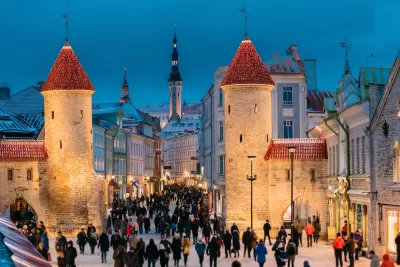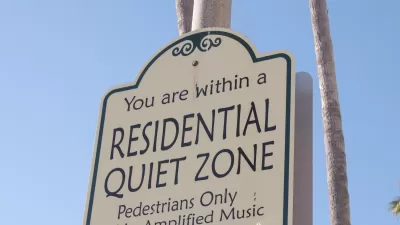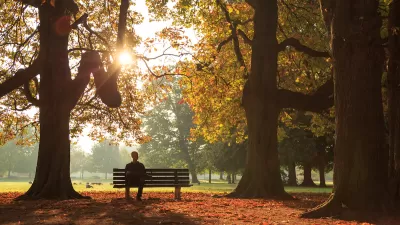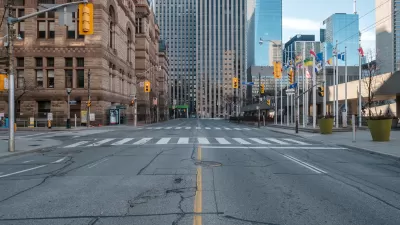European Union cities are required to create ‘noise maps’ and strategic plans for reducing environmental noise.

Tallinn, Estonia is implementing a “noise reduction action plan” aimed at reducing unwanted noise in public spaces. According to an article in Smart Cities World, “As part of the plan, the city will strengthen its public transport network, build more sidewalks, and expand segregated cycling lanes.”
Close to half of Tallinn’s population experiences excessive noise. “According to a study by the University of Tartu, reducing average road traffic noise below 50 decibels (dB) citywide could prevent 140 stroke cases and 130 cases of ischemic heart disease annually.”
In 2022, the city created a ‘noise map’ indicating the most noise-heavy neighborhoods. The action plan focuses on encouraging more sustainable mobility and reducing the number of large vehicles on the city’s roads. “The city is investing in better roads, tram lines, and public transport corridors while also protecting green areas from noise pollution and improving sound insulation for noise-sensitive buildings.”
European Union cities with populations of over 100,000 are tasked by law with creating noise maps and action plans.
FULL STORY: Tallinn implements noise reduction action plan

Alabama: Trump Terminates Settlements for Black Communities Harmed By Raw Sewage
Trump deemed the landmark civil rights agreement “illegal DEI and environmental justice policy.”

Planetizen Federal Action Tracker
A weekly monitor of how Trump’s orders and actions are impacting planners and planning in America.

The 120 Year Old Tiny Home Villages That Sheltered San Francisco’s Earthquake Refugees
More than a century ago, San Francisco mobilized to house thousands of residents displaced by the 1906 earthquake. Could their strategy offer a model for the present?

Ken Jennings Launches Transit Web Series
The Jeopardy champ wants you to ride public transit.

BLM To Rescind Public Lands Rule
The change will downgrade conservation, once again putting federal land at risk for mining and other extractive uses.

Indy Neighborhood Group Builds Temporary Multi-Use Path
Community members, aided in part by funding from the city, repurposed a vehicle lane to create a protected bike and pedestrian path for the summer season.
Urban Design for Planners 1: Software Tools
This six-course series explores essential urban design concepts using open source software and equips planners with the tools they need to participate fully in the urban design process.
Planning for Universal Design
Learn the tools for implementing Universal Design in planning regulations.
Clanton & Associates, Inc.
Jessamine County Fiscal Court
Institute for Housing and Urban Development Studies (IHS)
City of Grandview
Harvard GSD Executive Education
Toledo-Lucas County Plan Commissions
Salt Lake City
NYU Wagner Graduate School of Public Service





























